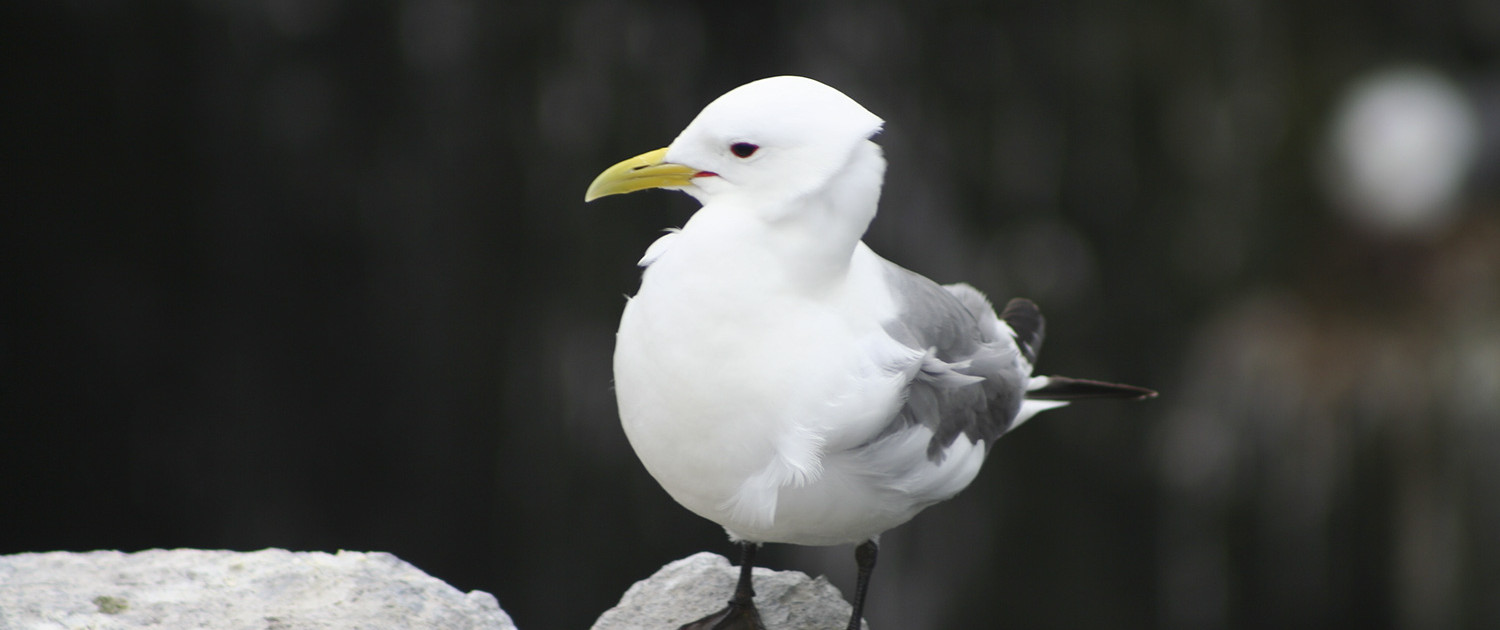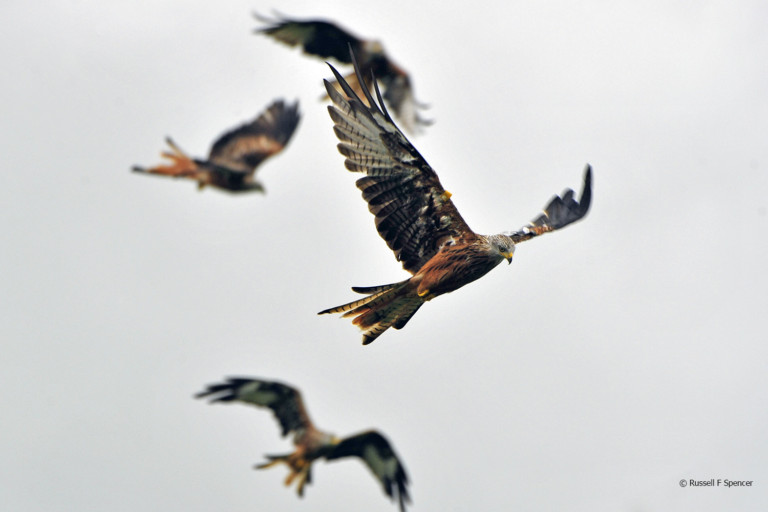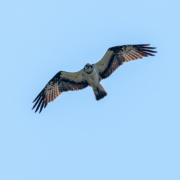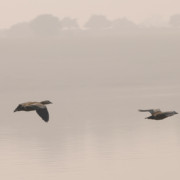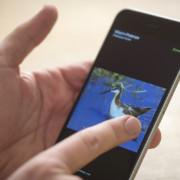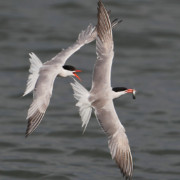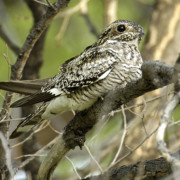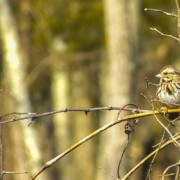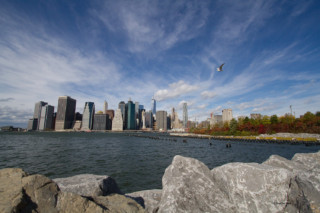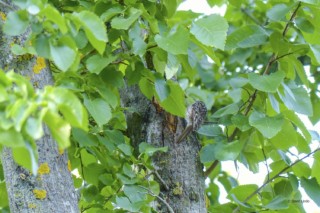Newcastle’s most famous city birds are undoubtedly the Kittiwakes that nest on the Tyne Bridge, thirteen miles from the sea. It is the most inland colony in the world. You can look over the parapet into the eyes of a Kittiwake just a few feet away, whilst four lanes of traffic roars past behind you.
I have lived in Newcastle City Centre on and off since 1981 in a flat in Leazes Terrace, overlooking Leazes Park. The peanut feeder attached to the window attracts Great, Blue and Coal Tits, House Sparrow, Eurasian Greenfinch and Great Spotted Woodpecker. Chaffinches and Eurasian Robins hop around on the window ledge picking up what is dropped. A nestbox on another window ledge has provided a home to generations of Blue Tits.
The boating lake within Leazes Park supports Mallard, Coot, Moorhen, Mute Swan and both Pied and Grey Wagtails. Canada Geese have appeared in the past couple of years and now breed. Tufted Duck used to just overwinter but they are now resident. Winter visitors include Pochard and Goldeneye. Grey Heron appear from time to time and are mercilessly mobbed by the resident Carrion Crows. During the spring and summer Common Tern fly in to fish.
There is a damp, scrubby area at the north end of the park where there are Blackcap and Chiffchaff. Spotted Flycatcher were present every summer in the 80’s, then suddenly they disappeared. Happily, I saw one again last year.
The park is also an excellent place to see both Daubentons and Pipistrelle bats. Stand by the lake at dusk on a warm summer’s evening and the bats will swoop down to pick insects from the cloud that form over your head.
Newcastle United’s football stadium adjoins Leazes Park. A couple of seasons ago during an evening match, the floodlights attracted a passing Woodcock that crash-landed on the pitch in front of 50,000 fans. It was apparently released unharmed the next day.
On the northern edge of the city centre is the Town Moor, 900 acres of pasture protected from development by an ancient act of Parliament. There are fantastic views of Tyneside and Northumberland from Cow Hill and you can also see Skylarks, Grey Partridge and Common Linnet.
Jesmond Dene is a wooded valley that runs through the suburbs of Jesmond and Heaton. There are Eurasian Nuthatch here and you won’t see them much further north than this. As well as the usual garden/woodland birds, I’ve seen Common Kingfisher and Common Bullfinch and once, many years ago, a Hawfinch.
There are some birds you never expect to see in the city and I suppose the Northern Lapwing is one of these. For the last two springs I’ve watched a pair of these birds display over a small piece of waste ground in Byker, wedged between a council estate the Siemens turbine factory and the greyhound stadium. The nearest farmland must be at least five miles away.
What about the future?
Red Kite have been introduced into Gateshead’s Derwent Valley, just a few wingbeats from Newcastle and they are thriving. If these magnificent birds are to re-establish their historical role as urban scavengers, then Newcastle is the city where it is most likely to happen.
Keith Gunning
kagunning@hotmail.com

